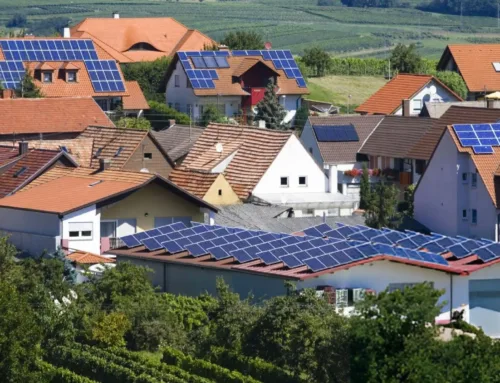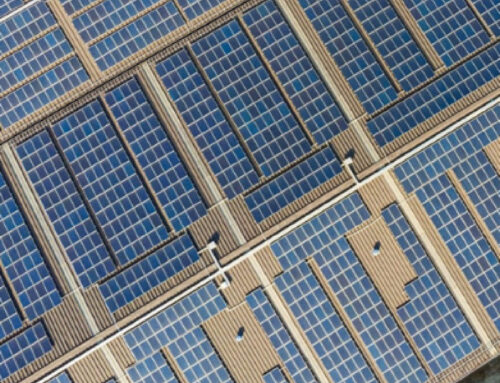
According to a source, billionaire Mukesh Ambani’s Reliance Industries Ltd has formed a flurry of partnerships to build its green energy sector, which includes solar, battery, and hydrogen investments and may generate over 10% of the company’s pre-tax revenues in five years.
For a total cost of $1.2 billion, the oil-to-retail giant established a series of partnerships with REC, NexWafe, Sterling and Wilson, Stiesal, and Ambri. In a study, brokerage Bernstein noted that “with these investments, Reliance has acquired the experience and technology portfolio to begin to develop a fully integrated end-to-end renewables energy ecosystem through solar, batteries, and hydrogen.” “The purchased technologies will be commercialized and production units will be established in India,” says Reliance.
Reliance is anticipated to keep investing in sustainable energy technologies including fuel cells and critical materials. “Based on our calculations, we believe the new energy business may contribute over 10% of the firm’s total EBITDA by FY’26, providing all plants are built and scaled up on the company’s timeframe,” the company said. “This will create a highly diversified conglomerate covering E&P, refining, petrochemicals, clean energy, telecoms, retail, and the internet, though we anticipate the business will be divided up due to the inefficiencies of such a corporate structure,” says the report.
Reliance still requires fuel cell technology, which it is likely to get or license from one of the industry’s giants, such as Plug Power, Ballard, or Ceres. It may also need to invest in major industry suppliers like cathode, separator, and electrolyte makers for battery manufacturing, as well as MEA, catalysts, and bipolar plates for fuel cell manufacturing. By 2030, Reliance plans to produce 100 GW of solar power and green hydrogen for $1 per kilogram. To meet these goals, it will invest $10 billion in the new energy business over the next three years.
“We see a route to Reliance establishing a clean energy business of $36 billion based on CAPEX for clean energy,” Bernstein said. Reliance is developing a green energy industry to supply the equipment required for India’s green energy transformation. In addition, the company has pledged to become carbon-neutral by 2035, which is a year ahead of schedule for any other energy company in the region.
“While Reliance has a strong finance sheet and strong partnerships, it lacks the technology and industrial know-how required for success. While it’s easy to underestimate their ability to do so, Reliance has proven that they can successfully expand into new areas. We believe the same is true in this case “According to the report.
Reliance revealed its commitment to invest $10 billion in low-carbon energy at its shareholders’ meeting in June, marking the start of yet another chapter in the company’s evolution. Reliance will invest Rs 60,000 crore over the next three years to build four “Giga factories” that will produce integrated solar PV modules, electrolyzers, fuel cells, and batteries that will store energy from the grid. The new 5,000-acre Green Energy Giga Complex in Jamnagar will be the site of these units. A further Rs 15,000 crore would be spent on investments in the new energy business’s value chain, technology, and partnerships.
“Another firm that has reinvented itself as much as Reliance has in the last decade, from oil and gas to telecommunications, retail, and the internet, is impossible to fathom. This is a hazardous move, and many would wonder where Reliance’s value comes from in these firms, other from being one of India’s most successful conglomerates “That’s what it says.
For $771 million, Reliance is buying REC Solar Holdings from China National Bluestar. REC is well-known polysilicon, PV cell, and module manufacturer with facilities in Norway and Singapore. Reliance will establish a new integrated solar manufacturing plant in Jamnagar and extend capacity globally using REC technology.
Click Here for more updates Ornatesolar.com








Leave A Comment